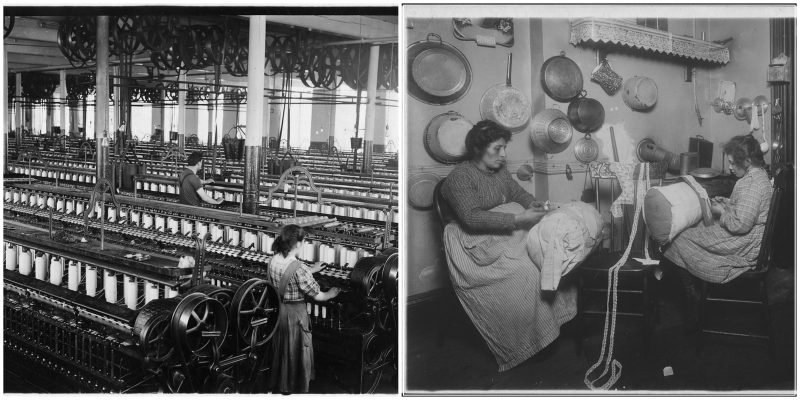This so called ‘progress’ that we in the west so feverishly flaunt around was a slow process, and not solely due to the efforts of aristocrats and politicians, rather academics and activists, who stood up for change, paved the way for progress and civil rights.
The Progressive Era in American history that started in the 1890’s, and lasted through the 1920’s brought to American society a wave of social activism and political reform.
At the forefront of the social activism of the progressive era was a movement to address and abolish the widespread corruption in the government.
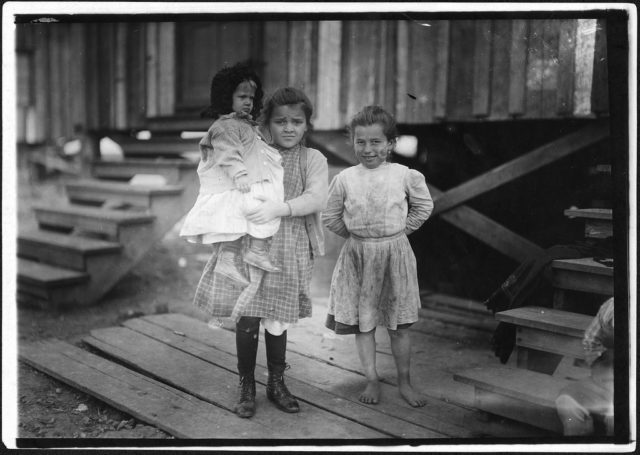
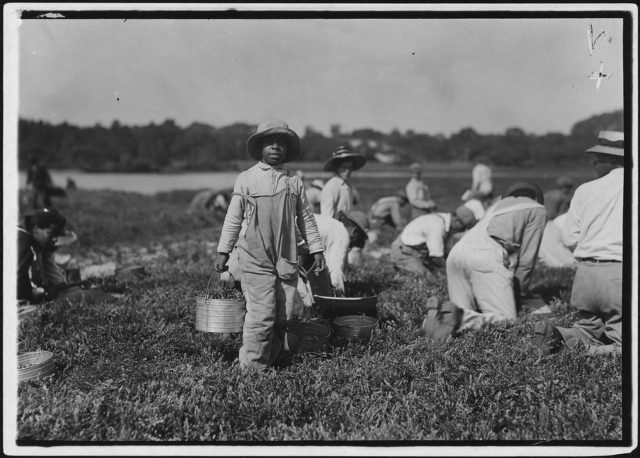
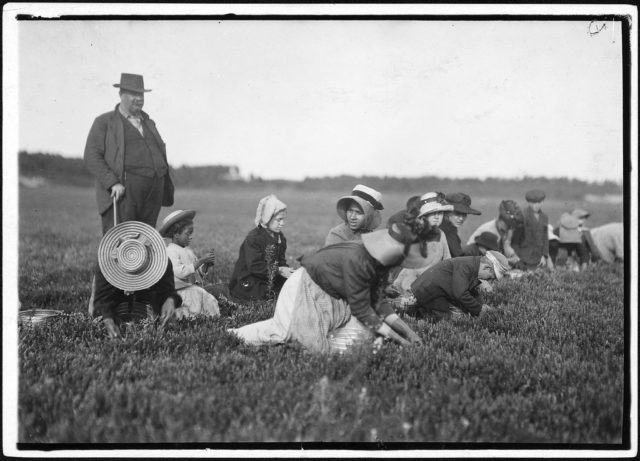
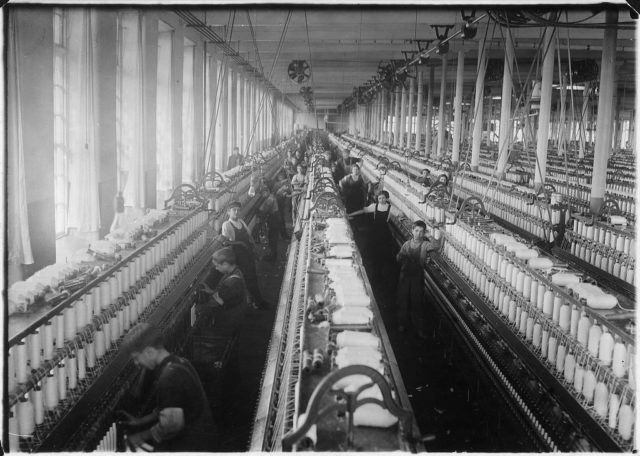
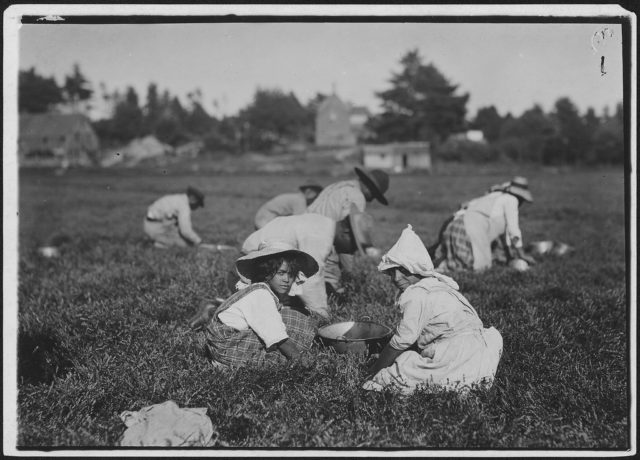
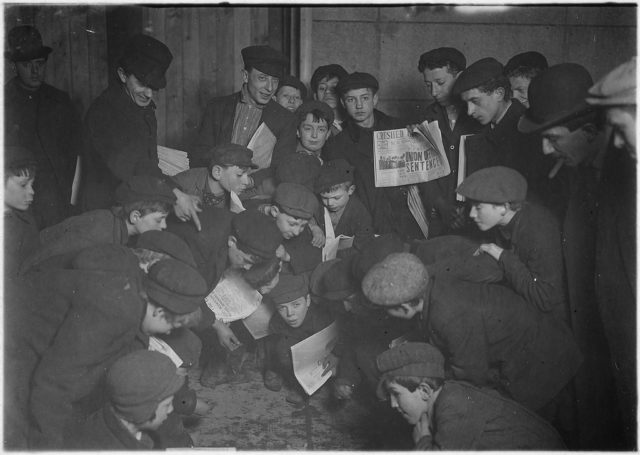
Lewis Wickes Hine is the American name that put his art and skills to use for social reform, highlighting the ills of the society.
Hine’s photographs played an instrumental role in abolishing child labour in American industries, a practice that somehow escaped the eyes of intellects and reformers.
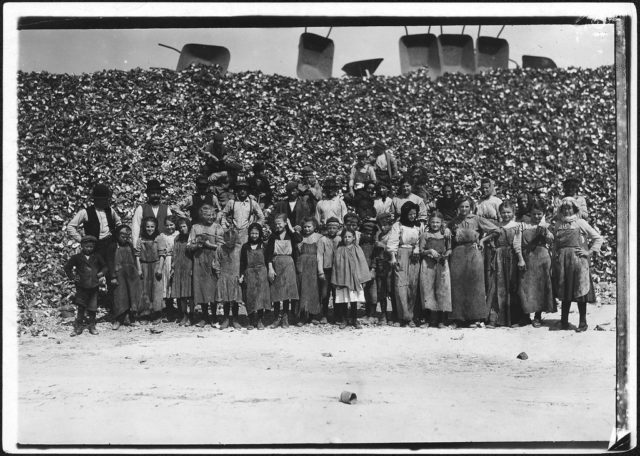
Lewis Hine earned his name for his contribution in an influential sociological study known as The Pittsburgh Survey.
After getting hired as the staff photographer for the Russel Sage Foundation in 1907, Hine produced a number of photographs by visiting a number of steel-making districts and meeting people of Pittsburgh, Pennsylvania for the survey.
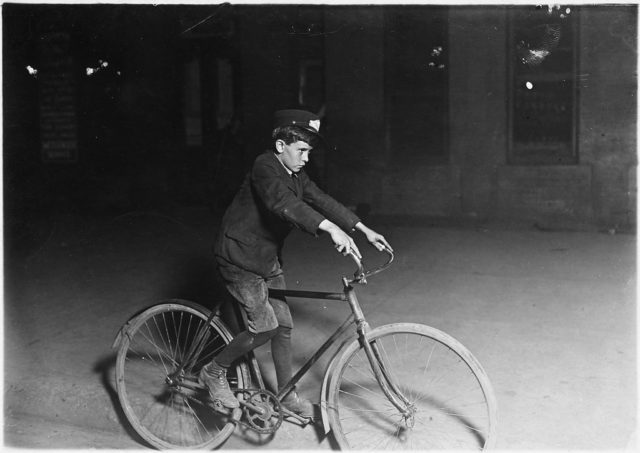
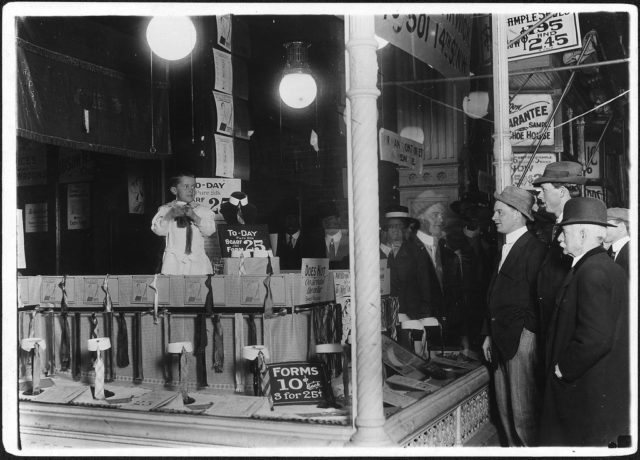
In 1908, Hine joined the National Child Labour Committee (NCLC) as a photographer; he had to leave his teaching career behind and then dedicated his time to the cause. During his time at NCLC, Hine spent the next decade meticulously documenting the cases of child labour.
Hine mainly focused on the practice in the Carolina Piedmont, in order to assist NCLC efforts to lobby against the practice and eventually ending it for good. In 1913 Hine briefly turned his focus to the cotton mill industry and focused on child laborers there, documenting on a series of Francis Galton’s composite portraits.
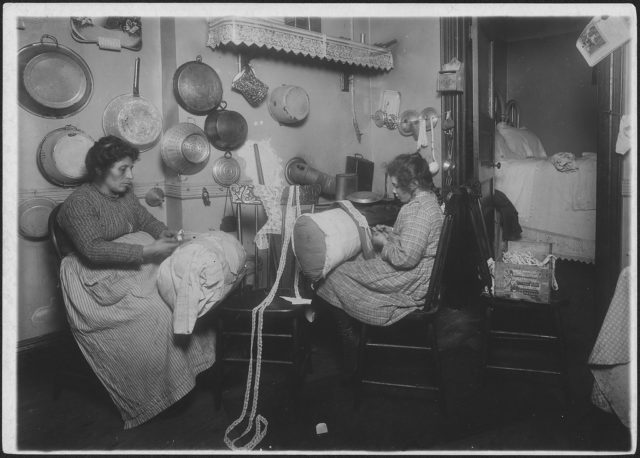
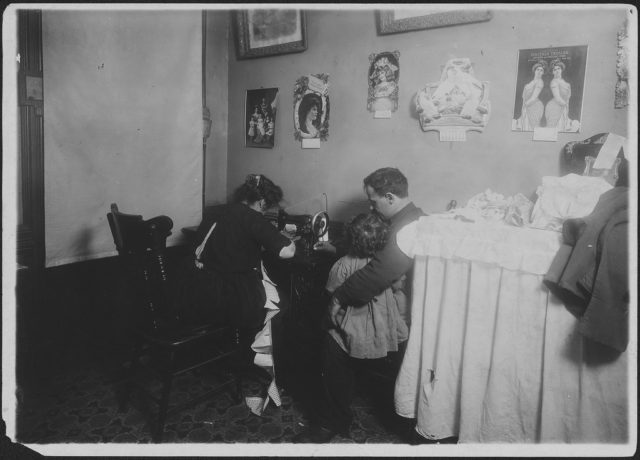
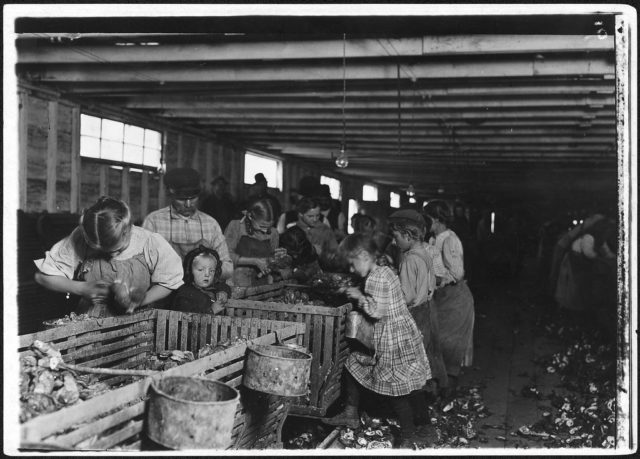
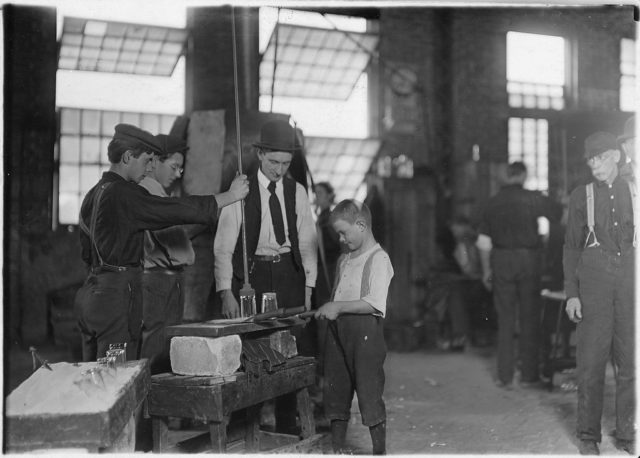
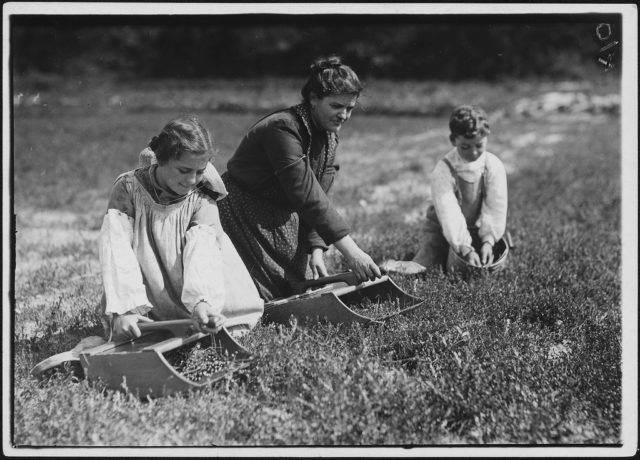

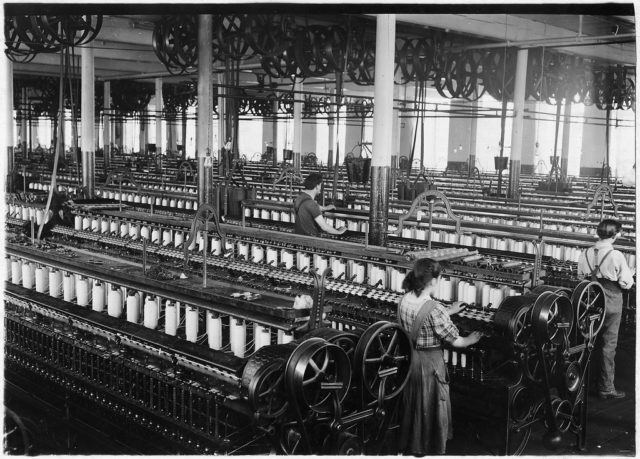
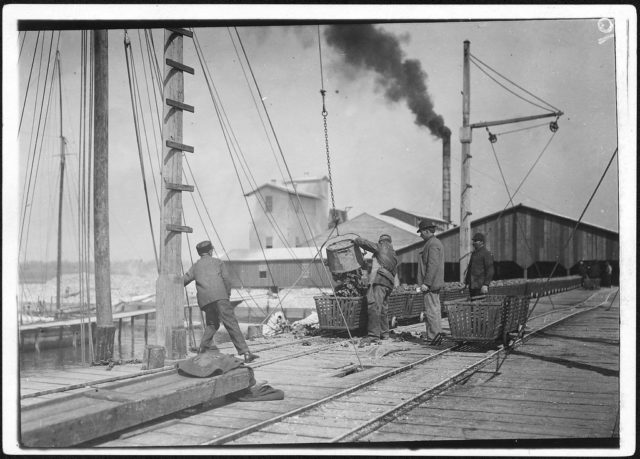

Hine’s time at the NCLC was especially challenging as the tasks undertook were often dangerous, if not life threatening.
The factories’ police and foremen had sufficiently identified the man with the camera, and were fully aware of the intention of NCLC, hence Hine was almost all the time threatened with violence and often with death.
Something kept Hine going, and he kept trying his best to get access to the places previously hidden from the press or even the public.
At the time the issue of child labour wasn’t an issue of morality, primarily because the common public were not aware of the extent of its application or the cruelty children had to bear (often forced and without any wages) in the belly of some of the most successful American industries.
Hine had to bring the issue forward, or essentially create an awareness of an absolutely cruel practice from scratch. For this, he had to get the action in images to cause public uproar.
The factories and mills were strictly prohibited places for photographers at any time, so Hine had to adopt new techniques to guise himself in order to get the truth out.
A great story from our archives: The sad story of Joseph Merrick – the real “Elephant Man”
He assumed the guise of an inspector, a Bible salesman, a postcard vendor and even an industrial photographer hired to take images of the machinery for factory records.
